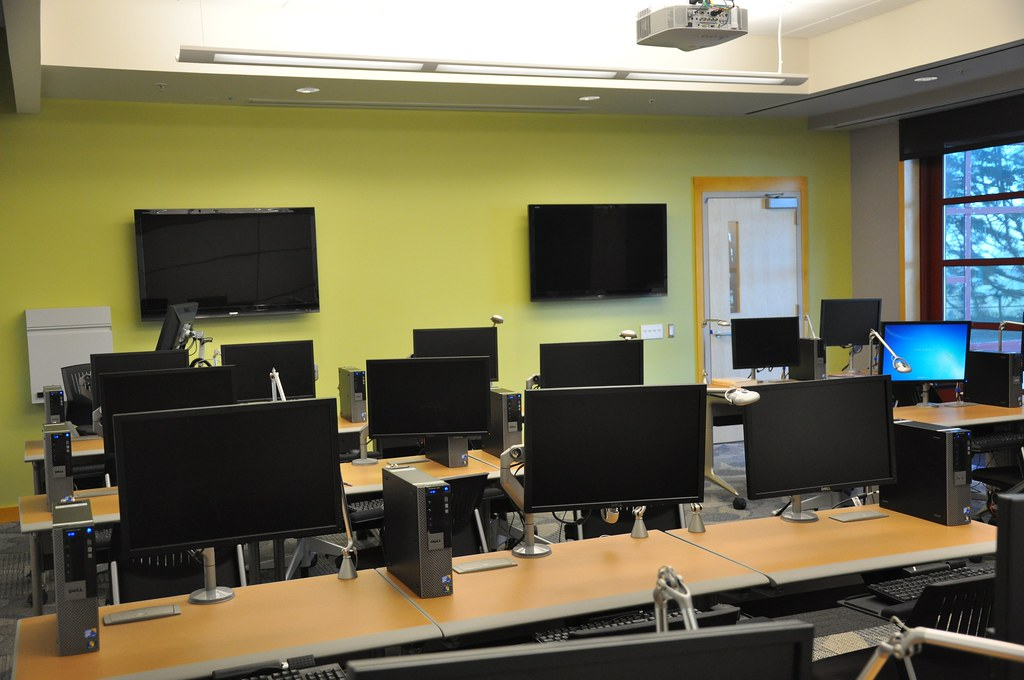As educators, we are continuously encouraged to integrate more advanced versions of technology into our practice as it becomes more common in the world around us. Whether it is in the form of online tests, or as interactive virtual lessons, it's safe to say that the use of strictly pencil and paper in the classroom is quickly becoming a thing of the past. However, despite our growing use of technology both in and outside of the classroom, these advanced forms of technology are still not accessible to all. This separation between those who possess said technology, and those who don't, is known as the Digital Divide. The Digital Divide is commonly referred to as the gap that exists in most areas between those with easy access to the tools of information and communication technologies, and those without such access or skills. This gap can be accredited to socioeconomic factors, geographical factors, or even generational factors. Because of this, the complete integration of technology has proven to be difficult in the classroom, as not all students have access to the same technologies that are made available to them within their respective schools. With this in mind, the question for all of us, as educators, is how do we integrate technology into the classroom knowing that some of our students may not have access to these resources elsewhere?
 |
| A public school computer lab |
As educators, we are at a crossroads. Technology, when used correctly, is a phenomenal asset. It makes our lives easier, and often makes our students' lives easier as well. Still, the last thing we want to do is alienate certain students simply because they do not have the same tools and technologies readily available to them at home. Alternative assignments just aren't the same, and do not prepare students equally. If you're in a school district that lends students laptops, or some other form of technology for the school year, you may not be faced with this issue. If you're not, however, there is only one solution that allows you to continue to use technology to some extent: keep it inside the classroom. This means no online homework, no virtual take-home quizzes, and no digital outside-of-class projects. We must allot time for our students to work on these technology dependent things inside the classroom, so that everyone is given the same opportunity to learn, and so that we are available to provide support if needed. Maybe, as technology spreads to become even more commonplace, we will reach a point where we can expect all students to have access to these tools, but until then, we must ensure that we provide those tools if and when necessary.
No comments:
Post a Comment